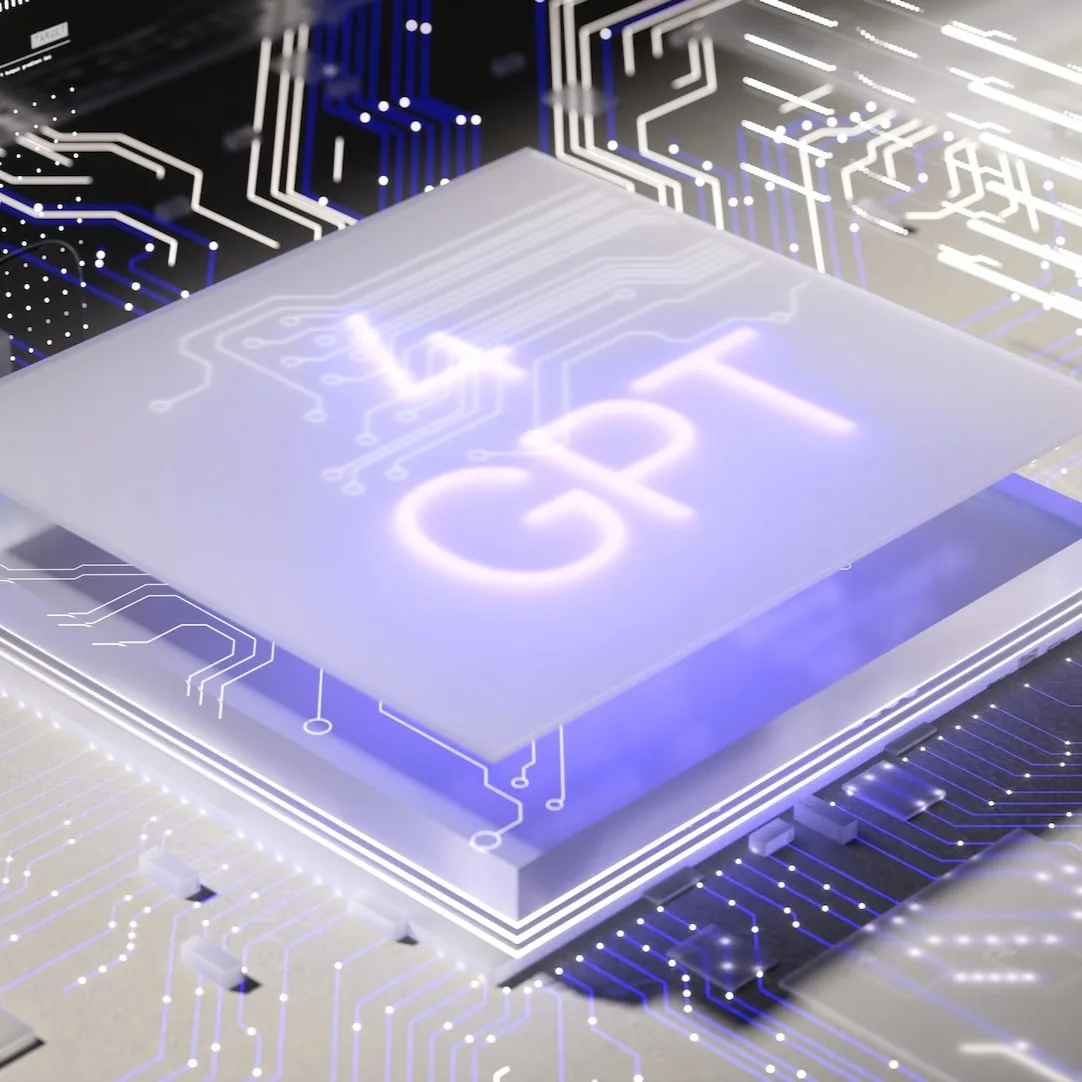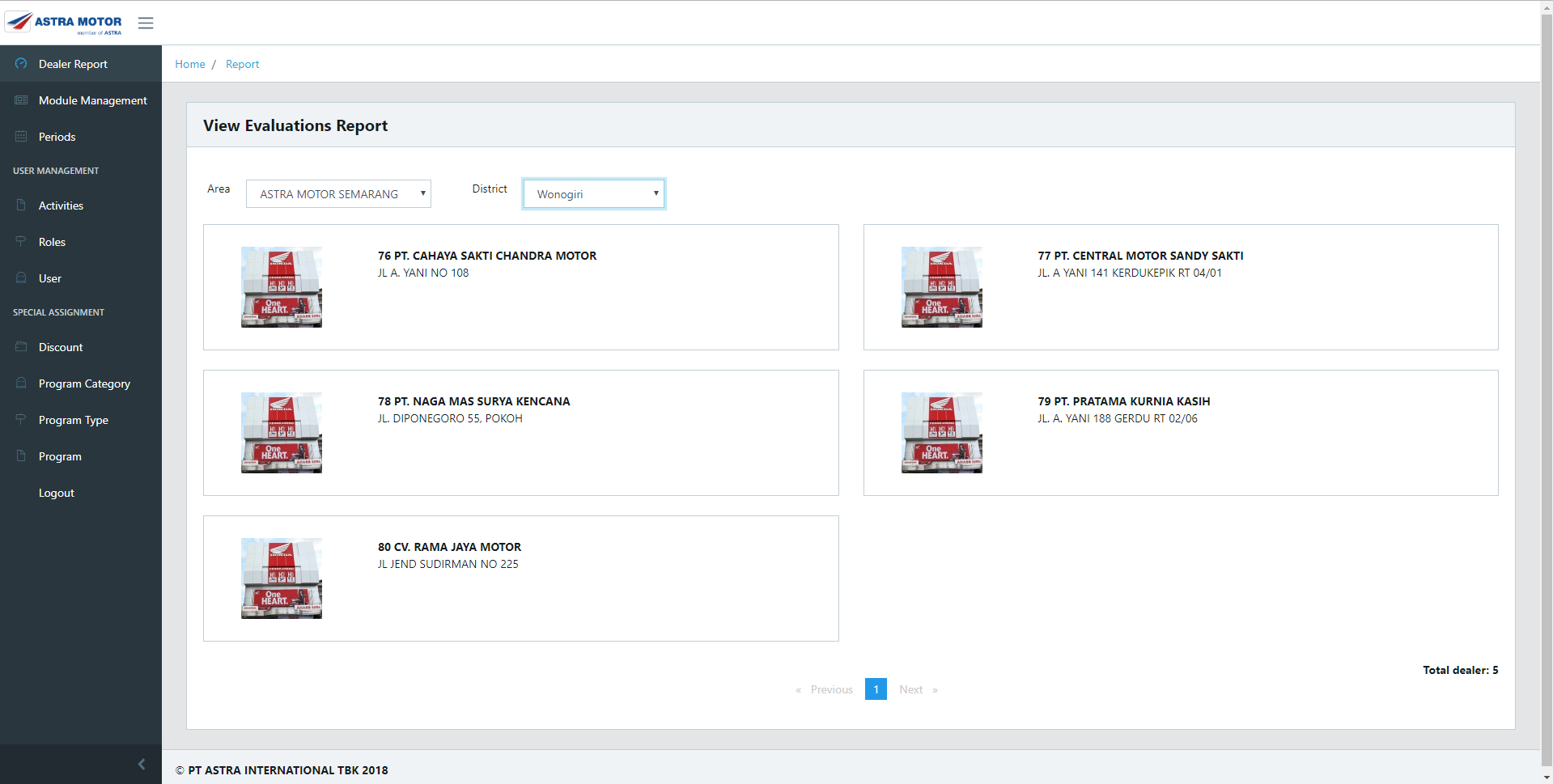In the midst of the rapid advancement of artificial intelligence, one technology has been making headlines and capturing the imagination of tech enthusiasts – OpenAI’s GPT. This powerful language model has gained notoriety for its ability to generate coherent and contextually accurate human-like text. GPT has come a long way since its inception, and now the latest versions, GPT 3.5 and GPT 4, are at the forefront of cutting-edge AI technology. In this article, we will delve into a comparative analysis of GPT 3.5 vs GPT 4, exploring their similarities, differences, and the potential implications their advancements have for various industries. So, let’s dive in and unravel the fascinating world of GPT and its evolutionary journey.
Introduction to GPT 3.5 and GPT 4
In the era of artificial intelligence, there is one name that stands out among the rest – GPT, short for Generative Pre-trained Transformer. Developed by OpenAI, GPT has revolutionized natural language processing, becoming a go-to tool for developers and researchers around the world. The latest versions of GPT, GPT 3.5 and GPT 4, have created quite a buzz in the tech community. In this article, we will take a closer look at these two powerful models and explore the advancements they bring to AI.
When comparing GPT 3.5 and GPT 4, we can see significant improvements in both performance and capabilities. GPT 3.5, an iteration of the previous version, offers enhanced accuracy and efficiency in generating human-like text. It excels at a wide range of language tasks, such as translation, summarization, and even creative writing. With its impressive 175 billion parameters, GPT 3.5 has set a new benchmark in natural language processing.
However, GPT 4 takes things to a whole new level. This latest version introduces several groundbreaking features that push the boundaries of AI. With an astonishing 410 billion parameters, GPT 4 outperforms its predecessor in terms of both quality and quantity. It demonstrates a deeper understanding of context, making it more contextually aware and capable of generating more accurate and coherent responses. GPT 4 also showcases improved zero-shot learning, enabling it to perform tasks without prior training. This means it can answer questions on a variety of topics that it hasn’t specifically been trained for, making it highly adaptable and versatile. Additionally, GPT 4 provides better control over generated outcomes, allowing users to fine-tune the model to cater to specific requirements.
As the AI landscape continues to evolve, GPT 3.5 and GPT 4 represent the forefront of natural language processing capabilities. With their unprecedented scale and advancements, these models have the potential to transform the way we interact with AI on a daily basis. Whether it’s generating creative content, providing accurate translations, or answering complex questions, GPT 3.5 and GPT 4 are ushering in a new era of intelligent machines. Exciting times lie ahead as we witness the possibilities that these AI powerhouses bring to the table.
Understanding the Upgrades: What’s New in GPT 4?
Artificial intelligence has been making remarkable advancements in recent years, revolutionizing various industries and transforming the way we interact with technology. One of the most significant developments in this field is OpenAI’s Generative Pre-trained Transformer (GPT) series. GPT 3.5 set the bar high with its impressive language capabilities, but now, GPT 4 is here to take things to a whole new level.
GPT 4 comes with a range of upgrades that make it a game-changer. One of the key enhancements is its improved understanding of context. While GPT 3.5 had a good grasp of individual sentences, GPT 4 can now comprehend the context of entire paragraphs, resulting in more coherent and contextually relevant responses. This advancement enables users to have more meaningful and engaging conversations with the AI.
Additionally, GPT 4 boasts a larger training dataset, making it more knowledgeable and well-informed than ever before. With access to a vast range of texts from the internet, GPT 4 can produce responses that are more accurate and grounded in real-world knowledge. This improved training data also helps GPT 4 better understand nuances and handle complex queries with greater precision. Another noteworthy enhancement in GPT 4 is its ability to generate code. While GPT 3.5 had some code-generation capabilities, GPT 4 takes it to a whole new level. Developers can now leverage the power of GPT 4 to generate code snippets, saving valuable time and effort. This makes it a valuable tool for professional programmers and developers looking to streamline their workflow and boost productivity.
In summary, GPT 4 introduces several exciting upgrades that take the power of artificial intelligence to new heights. Its improved contextual understanding, larger training dataset, and code-generation capabilities make it a formidable AI system. As we continue to witness the rapid evolution of AI technology, GPT 4 is a testament to the endless possibilities that lie ahead in this remarkable field.
Performance Comparison: Evaluating GPT 3.5 and GPT 4
As the field of natural language processing continues to evolve, the latest advancements in AI language models have the potential to revolutionize various industries. Currently, two significant players in this domain are GPT 3.5 and GPT 4. Companies and researchers alike are eager to understand the differences between these two powerful models and determine which one may offer more advanced capabilities.
GPT 3.5, released in 2020, gained attention for its ability to generate coherent and contextually relevant text based on prompts provided by users. Swiftly dubbed as a state-of-the-art language model, GPT 3.5 showcased impressive proficiency in language understanding and generation tasks. However, as the AI community eagerly anticipates the arrival of GPT 4, many wonder how it will compare to its predecessor in terms of performance and capabilities.
One key area of interest lies in evaluating the improvements in the quality and coherence of generated text. While GPT 3.5 already boasts impressive results, GPT 4 is expected to push the boundaries even further. Experts anticipate that GPT 4 will showcase enhanced responsiveness, improved understanding of nuanced prompts, and less reliance on fallback strategies to generate coherent text. Consequently, this model is predicted to have a transformative impact on industries relying heavily on natural language processing tasks, such as virtual assistants, chatbots, and content generation.
Ultimately, a thorough performance comparison between GPT 3.5 and GPT 4 will shed light on the progress made in the field of AI language models. As users eagerly anticipate the release of GPT 4, they hope to benefit from enhanced language generation and understanding capabilities. With each new iteration, AI language models are pushing the boundaries of what is possible, promising exciting opportunities and advancements in a wide range of applications. Stay tuned for updates on the arrival of GPT 4 and its promising capabilities in the world of natural language processing.
Training and Fine-Tuning: Advancements in GPT 4
One of the key areas where GPT 4 stands out is in its training process. GPT 3.5 relied heavily on unsupervised learning, where the model learned patterns by processing vast amounts of text data. However, GPT 4 integrates both unsupervised and supervised learning, allowing the model to grasp complex concepts and generate more accurate responses. This hybrid training approach makes GPT 4 more versatile and capable of answering a wide range of queries.
Fine-tuning, another critical aspect of model development, has also seen substantial enhancements in GPT 4. Unlike GPT 3.5, which required extensive fine-tuning to achieve optimal performance, GPT 4 reduces the manual intervention needed for this process. Fine-tuning GPT 4 involves providing the model with small, targeted datasets that are specific to the desired task, efficiently adapting it for different applications. This improvement enables developers to save time and effort while achieving exceptional performance.
While GPT 3.5 garnered immense praise for its ability to generate convincing text, GPT 4 takes this capability to a whole new level. With its improved training and fine-tuning techniques, GPT 4 delivers responses that are not only more coherent and contextually accurate but also exhibit a deeper understanding of the given prompt. These advancements signify a significant step forward in the field of NLP and open up exciting possibilities for various applications, ranging from virtual assistants to content generation and beyond. GPT 4 promises to revolutionize the way we interact with AI-generated text, bringing us closer to a more seamless integration of human-like language capabilities into our daily lives.
Conclusion: Making the Choice Between GPT 3.5 and GPT 4
In the ever-evolving field of artificial intelligence, OpenAI’s GPT (Generative Pre-trained Transformer) models have been at the forefront of natural language processing. With the recent release of GPT 4, many individuals and businesses alike are faced with the decision of whether to stick with GPT 3.5 or make the upgrade to the latest version.
GPT 3.5 has proven to be a game-changer in the AI world, boasting impressive language generation capabilities. Its ability to understand context and generate coherent responses has revolutionized various industries, including content creation, customer service, and even medical research. However, GPT 4 presents an even more advanced iteration of the technology, promising enhanced performance and improved accuracy.
One of the key factors to consider when choosing between GPT 3.5 and GPT 4 is the specific requirements of your use case. While GPT 3.5 might be sufficient for certain tasks, GPT 4 offers a substantial leap forward in terms of language understanding and generation. If you rely heavily on AI-generated content, whether it be for writing articles, drafting emails, or even creating marketing materials, the enhanced capabilities of GPT 4 might make the upgrade worthwhile.
So, the choice between GPT 3.5 and GPT 4 depends on your specific needs and resources. Carefully evaluating the benefits and drawbacks of each version will enable you to make an informed decision. Whether you stick with GPT 3.5 or embark on the GPT 4 journey, one thing is certain: OpenAI’s continuous advancements in AI technology will undoubtedly shape the future of natural language processing and have a profound impact on various industries. If you need more insights don’t forget to follow our Instagram or if you need IT consultation just drop your message to us here.


























































